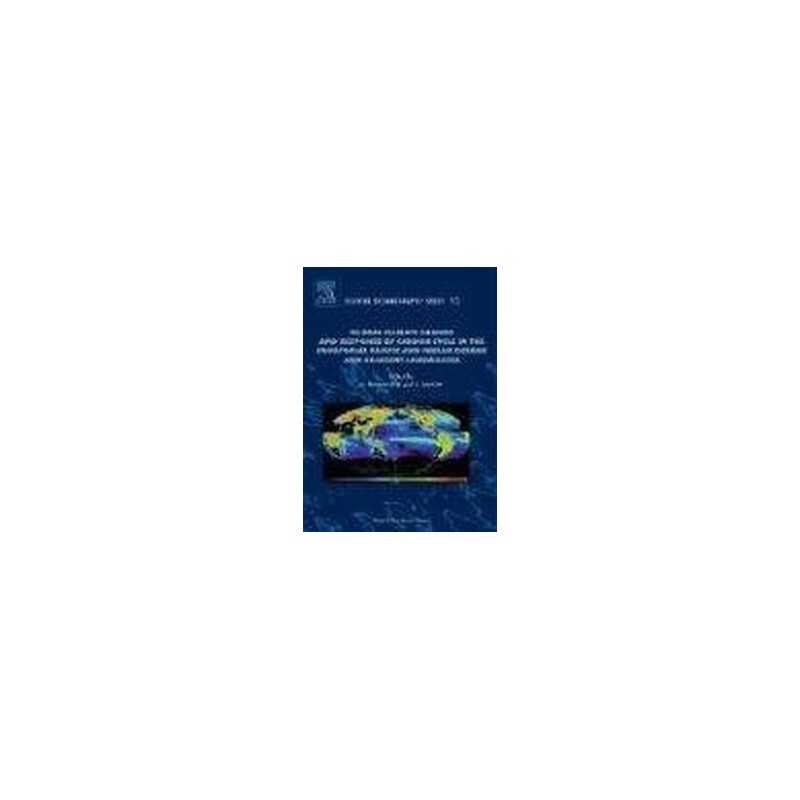- Out-of-Stock



Printed circuit board of the '51 family of microcontrollers programmer with Flash memory and EPROM in housings with 20 or 40 pins
No product available!
ANALYZER AND DIGITAL ANALYZER FOR WIDMA - HEADBOARD - A KIT FOR INDEPENDENT INSTALLATION
No product available!
No product available!
No product available!
No product available!
No product available!
Digital Design using Digilent FPGA Boards 2nd Edition, 2012; Richard E. Haskell & Darrin M. Hanna --- EDU
No product available!
No product available!
NORT16 is a workshop organizer made of high quality plastic, transparent, closed with latches, with a solid handle for convenient transport. It has the ability to regulate the size and number of compartments
No product available!
No product available!
No product available!
This compact, inexpensive plastic gearmotor (high-power brushed DC motor with a 120:1 reduction gearbox) is well suited for use in small robots. While intended for operation at 4.5 V, it should run comfortably in the 3 V to 6 V range.
No product available!
Power HD Mini High-Speed Digital Servo 3688HB
No product available!
No product available!
Energizer Industrial alkaline battery (R6, LR06, large) 1 piece, 1.5V, 2700mAh capacity. Weight 23g
No product available!
No product available!

